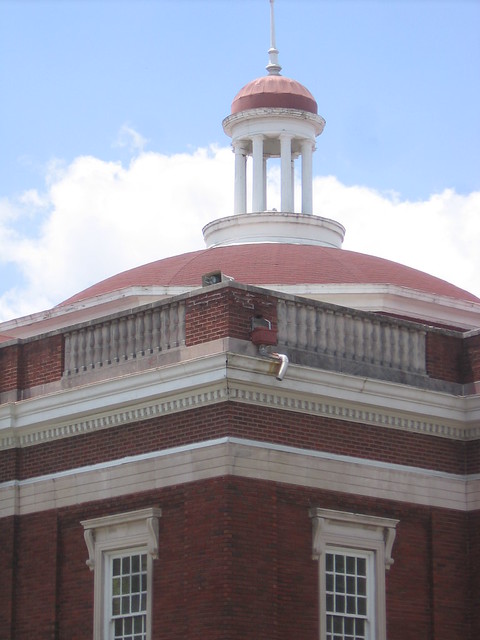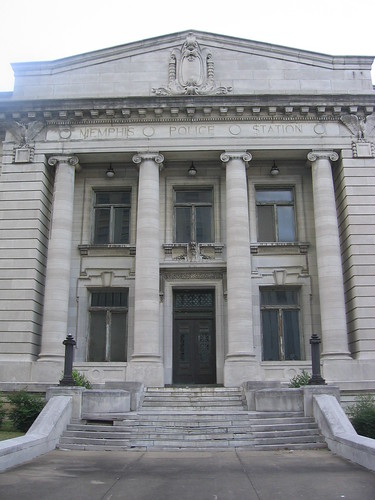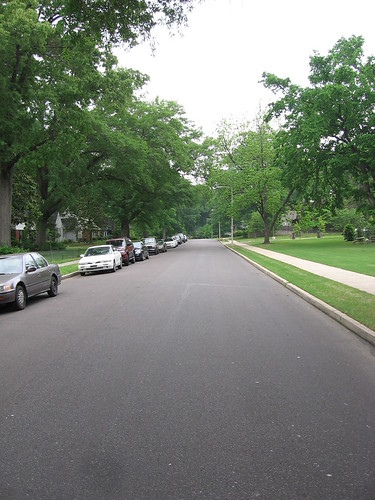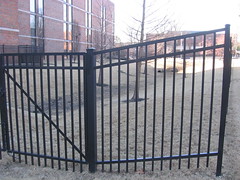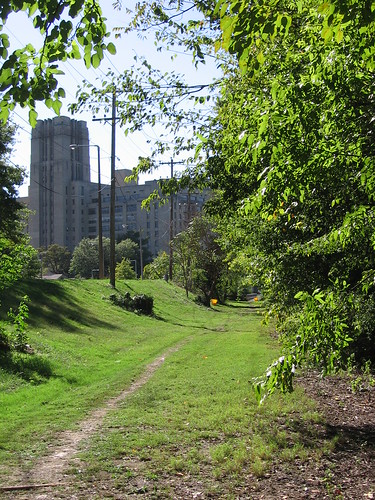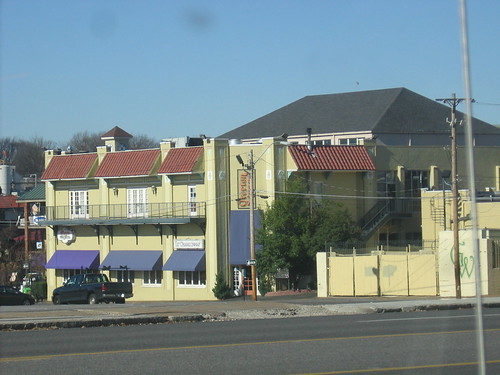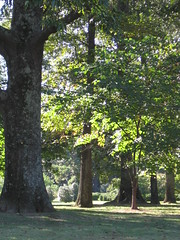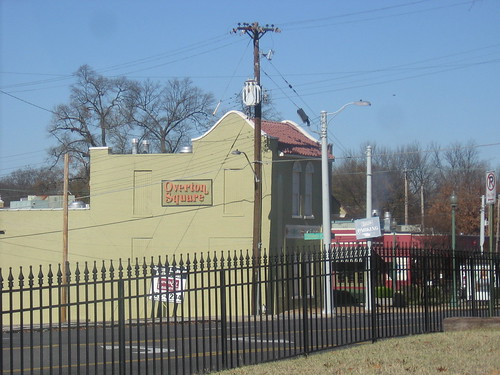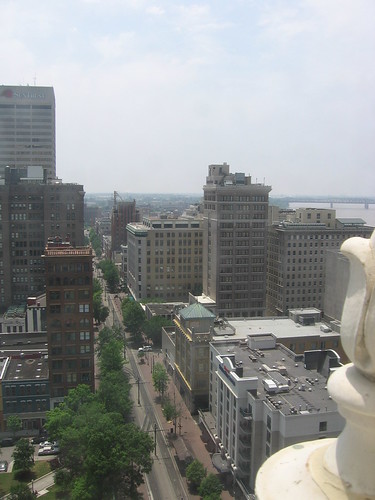Wolfside: Landscape Urbanism and Shelby Farms
 A very interesting and unnoted fact about the Shelby Farms Park Master Plan: James Corner, the architect chosen to make it real, is a key theorist of the growing and increasingly controversial Landscape Urbanism movement.
A very interesting and unnoted fact about the Shelby Farms Park Master Plan: James Corner, the architect chosen to make it real, is a key theorist of the growing and increasingly controversial Landscape Urbanism movement.I know next to nothing about Landscape Urbanism (because I haven't read their key work which includes Corner's essay "Terra Fluxus") except that they and those other ascendant urbanists, the New Urbanists, don't like each other's ideas and have set themselves up in Enemy Urbanist camps. The LUers want "to prioritize the natural ecology of a site over the built environment" in explicit opposition to the NUer's emphasis on the city's built form. The other charges that LUrbanists have surrendered to suburban sprawl and NUrbanists have gone nostalgic about city living.
At this point, Landscape Urbanism has few finished projects. In my strong opinion, the successful metamorphosis of the massive, formless and sprawl-adjacent Shelby Farms Park would emphatically demonstrate that Landscape Urbanism is worthy of greatness.
Labels: james corner, landscape urbanism, new urbanism, Shelby Farms Conservancy, sprawl, urban planning




